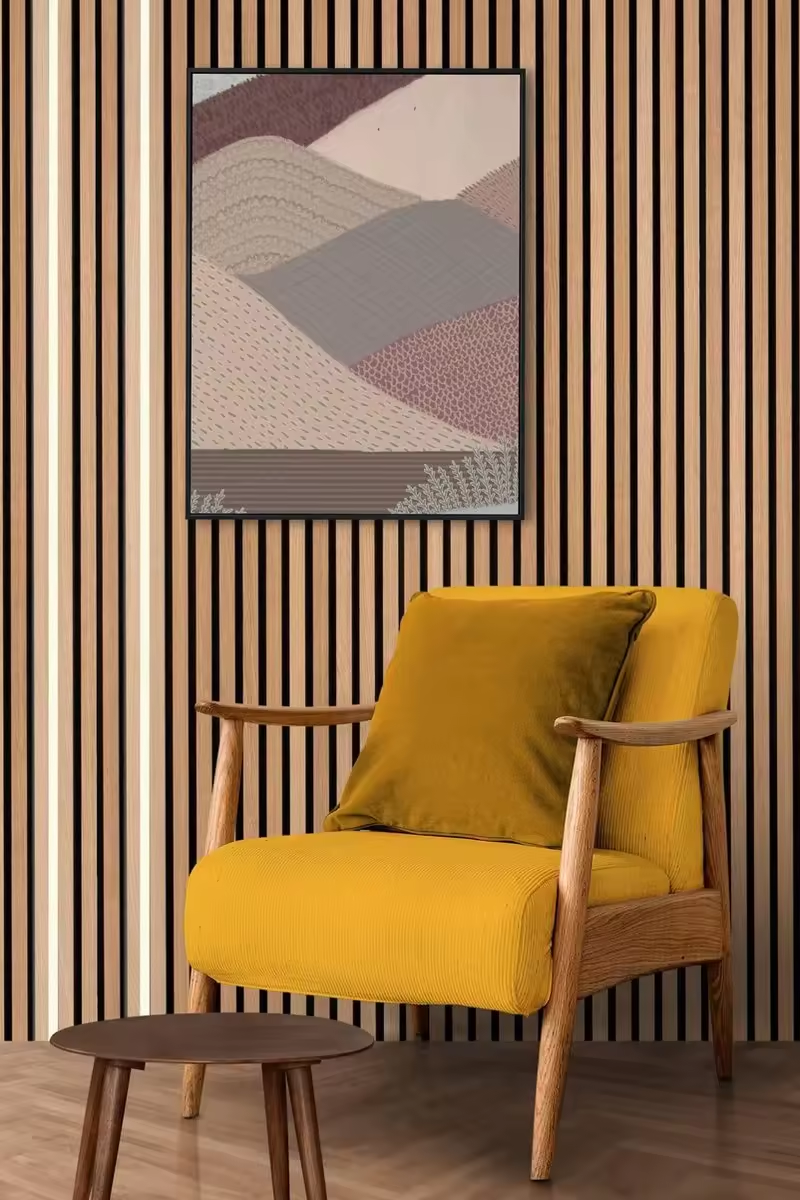Acoustic Wood Panels Price Understanding the Factors
When it comes to interior design and sound management, acoustic wood panels have gained immense popularity. Not only do they enhance the aesthetic appeal of a space, but they also effectively absorb sound, making them a practical choice for various environments, including offices, recording studios, and public venues. However, one common question that arises is what affects the price of acoustic wood panels?
Material Quality
The quality of materials used in the manufacturing of acoustic wood panels significantly influences their price. High-quality hardwoods, such as oak, maple, or walnut, tend to be more expensive than softer woods or engineered materials. The finish and treatment applied to the panels also play a crucial role, as premium options that enhance aesthetics or durability can drive costs up.
Panel Thickness and Size
Another critical factor is the thickness and size of the panels. Generally, thicker panels provide better sound absorption and insulation properties. Consequently, these panels are often priced higher than their thinner counterparts. Larger panels may also cost more due to the increased material and manufacturing expenses involved.
Design and Customization
acoustic wood panels price

The design of acoustic wood panels can vary dramatically. Customized panels designed to fit specific aesthetic or acoustic needs might come at a premium. Features such as unique shapes, patterns, or finishes add to the overall cost, as they require more specialized labor and resources. Ready-made panels may be more affordable, but they may not always meet the precise requirements of a given space.
Brand and Manufacturer Reputation
The manufacturer's reputation can also impact the price. Well-established brands often charge more due to their perceived quality and reliability. However, opting for lesser-known brands might offer cost savings, although this could come with uncertainty regarding performance and durability.
Installation and Additional Costs
Lastly, it’s essential to consider installation costs, which can vary based on the complexity of the project. Some acoustic wood panels can be DIY-assembled, while others might require professional installation, adding significantly to the overall expense.
Conclusion
In summary, the price of acoustic wood panels is influenced by various factors, including material quality, size, design customization, brand reputation, and installation costs. By understanding these elements, consumers can make informed decisions that align with their budget and acoustic needs, ensuring the perfect blend of functionality and aesthetics for their spaces.
